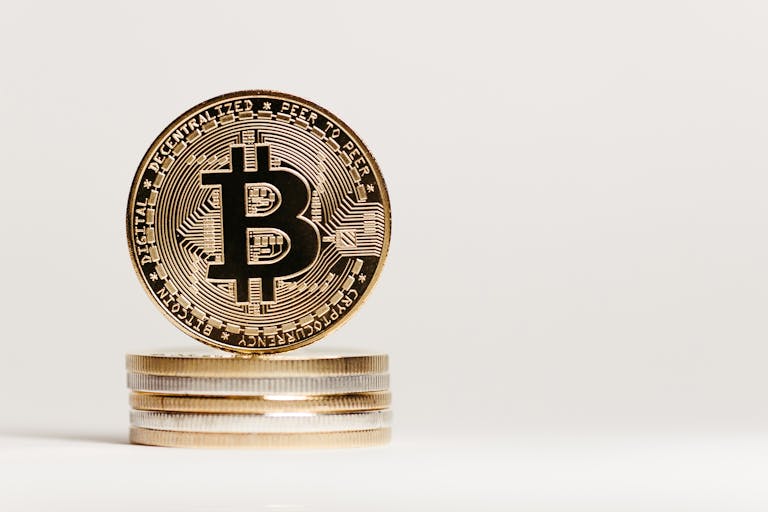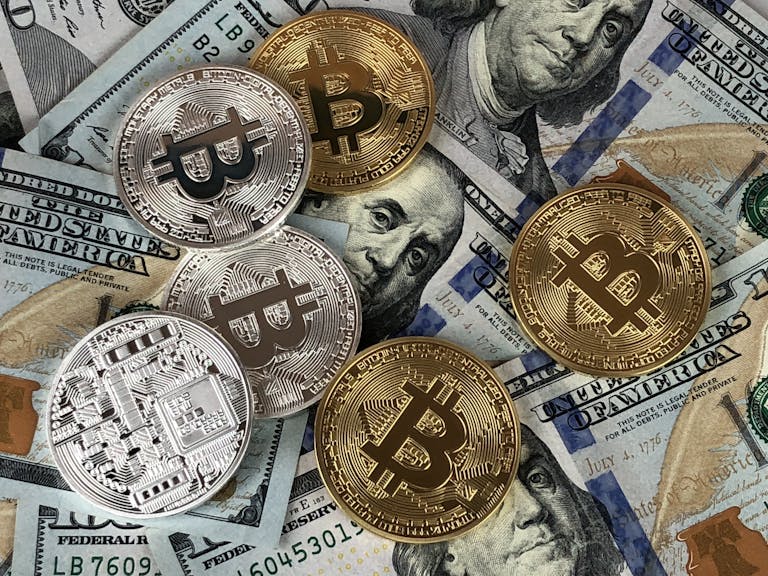Cryptocurrency Wallet Security Tips: Safeguarding Your Digital Assets
With the rapid growth of cryptocurrencies, securing your digital assets has become a top priority. Unlike traditional banking systems, where institutions can often recover lost funds, cryptocurrencies are decentralized, meaning once your assets are stolen or lost, they’re typically gone for good. This makes understanding and implementing robust security measures for your crypto wallet essential. Whether you’re a seasoned investor or new to the world of digital currencies, these tips will help you protect your investments from hackers, scams, and unforeseen losses.
1. Use Hardware Wallets for Maximum Security
Hardware wallets, such as Ledger or Trezor, are considered the gold standard for crypto security. These devices store your private keys offline, making them inaccessible to online threats like malware or phishing attacks. Unlike software wallets (which are apps on your phone or computer), hardware wallets require physical access to authorize transactions, significantly reducing the risk of unauthorized use. For high-value holdings, a hardware wallet is a must.
2. Secure Your Seed Phrase with Extreme Care
Your wallet’s seed phrase (a 12–24 word recovery code) acts as a master key to your funds. Never store it digitally, as hackers could steal it through malware or data breaches. Instead, write it down on paper or use a secure, physical medium like a metal plate. Store it in a safe, safety deposit box, or a secure location away from prying eyes. Avoid sharing it with anyone, even if they claim to be support staff. Losing your seed phrase means losing access to your wallet forever.
3. Enable Two-Factor Authentication (2FA)
Two-factor authentication adds an extra layer of security by requiring a second form of verification—such as a code from an authenticator app (e.g., Google Authenticator or Authy) or a hardware token (e.g., YubiKey)—in addition to your password. Avoid using SMS-based 2FA, as it’s vulnerable to SIM swapping. Enable 2FA on all your crypto accounts, including exchanges and wallet providers.
4. Avoid Phishing Scams and Verify Sources
Phishing attacks are a common threat in the crypto space. Hackers often create fake websites or send deceptive emails to steal your login credentials or seed phrases. Always verify the URL of any platform you’re using and never click on suspicious links. Use bookmarks for trusted sites, and be cautious of unsolicited messages or offers. Remember, legitimate services will never ask for your seed phrase or private key.
5. Keep Your Software Updated Regularly
Outdated software can have vulnerabilities that hackers exploit. Ensure your wallet apps, operating systems, and antivirus programs are always up to date. Enable automatic updates where possible, and avoid downloading wallet software from unverified sources. Regular updates not only enhance security but also improve functionality and compatibility.
6. Leverage Multi-Signature (Multi-Sig) Wallets
Multi-signature wallets require multiple approvals to authorize a transaction, making them ideal for high-risk assets or business use. For example, a 2-of-3 multi-sig setup means two out of three private keys must sign off on a transfer. This adds an extra layer of security, especially if you’re custodizing large sums. Use multi-sig for critical funds or when sharing control with others (e.g., family members or partners).
7. Monitor Transactions and Account Activity
Regularly check your wallet’s transaction history and balance to detect any unauthorized activity. Most wallets offer alerts for transactions, so enable these. If you notice any suspicious activity, act immediately to secure your funds. For hardware wallets, always confirm transactions on the device’s screen, as this prevents tampering by malicious software.
8. Secure Your Devices and Network
Your crypto wallet is only as secure as the device it’s on. Use strong passwords and biometric authentication (e.g., fingerprint or facial recognition) for your phone or computer. Avoid connecting to public Wi-Fi when accessing your wallet, as these networks are often unsecured. Consider using a dedicated device for crypto management, and install reputable antivirus software to guard against malware.
9. Diversify Your Storage Solutions
Don’t keep all your crypto in a single wallet. Use a mix of cold storage (hardware wallets) for long-term holdings and hot wallets (software wallets) for daily transactions. This minimizes risk in case one wallet is compromised. For example, store the majority of your assets in a hardware wallet and keep smaller amounts in a secure app for convenience.
10. Stay Informed and Educate Yourself
The crypto landscape evolves quickly, with new threats emerging regularly. Stay updated on the latest security trends, scams, and best practices by following reputable sources, joining online communities, or reading official wallet documentation. Education is your best defense against falling victim to social engineering or fraudulent schemes.
Final Thoughts
While no method is 100% foolproof, combining these practices drastically reduces the risk of losing your cryptocurrency. Always prioritize offline storage for sensitive data, never share private keys or seed phrases, and remain vigilant against scams. By taking these steps, you can enjoy the benefits of cryptocurrencies with greater confidence and peace of mind. Remember, your security is your responsibility—protect your assets as if they were physical cash.







